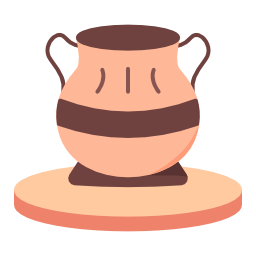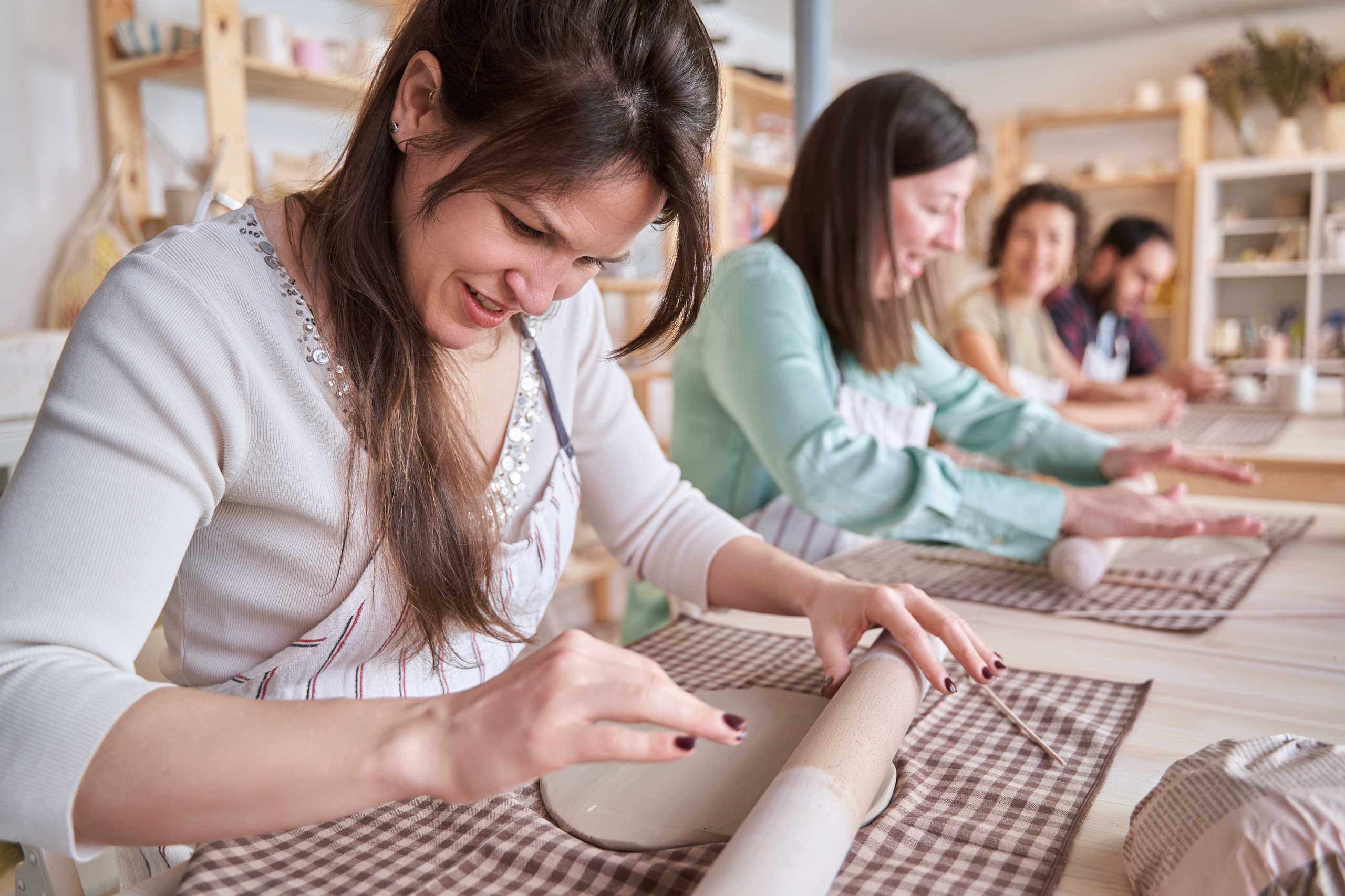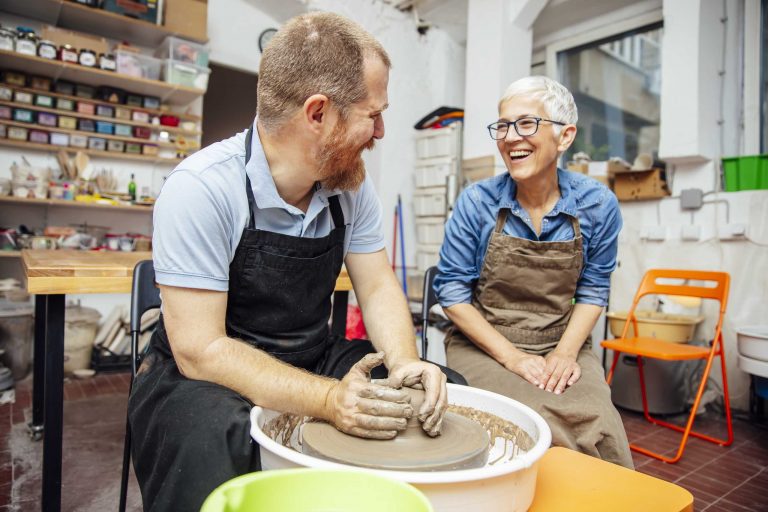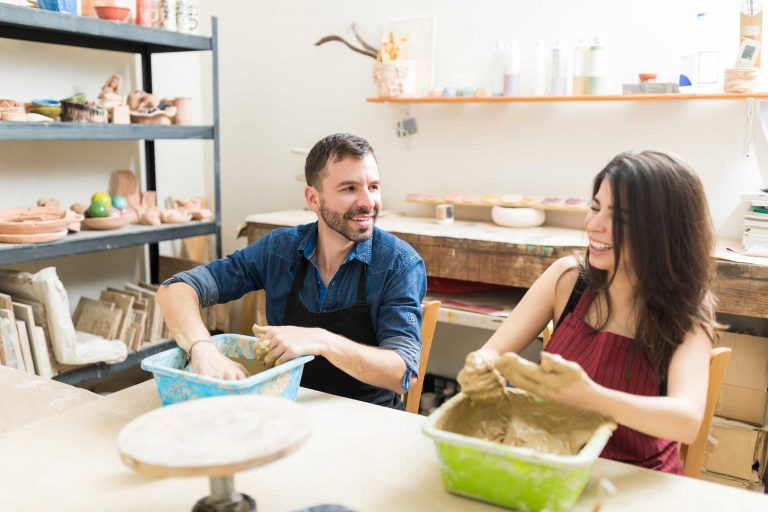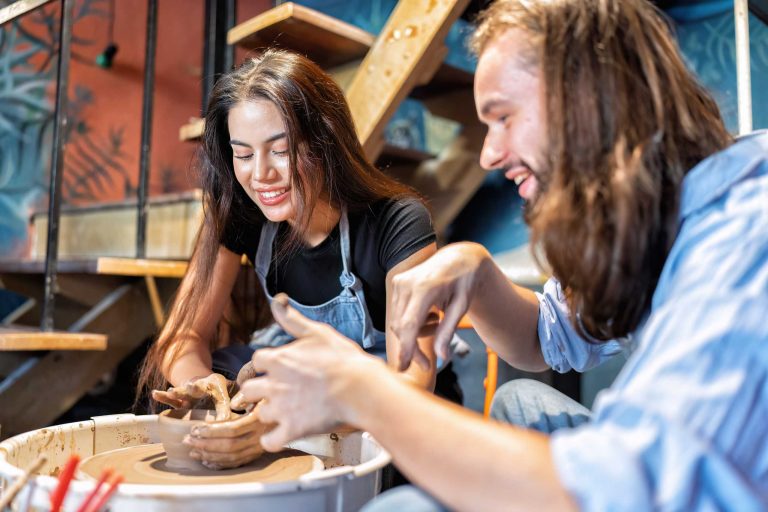The Slow Art of Clay: Reclaiming Time Through Hands-On Creation
We live in a world obsessed with speed.
Fast food, fast scrolls, fast deliveries. We measure time in deadlines and updates, multitask our way through the day, and rarely pause long enough to breathe — let alone create. But there’s something quietly radical about slowing down. And few things slow us like clay.
Clay doesn’t rush.
And it doesn’t let you rush either.
A Material That Moves at Its Own Pace
From the moment your hands touch clay, time shifts. The usual rhythm of life softens. You press, wait, center, adjust. You learn to listen — not just with your ears, but with your fingertips.
Clay teaches patience.
It asks you to stay present — because if you don’t, the form collapses. You can’t force it, can’t skip steps. It demands that you honor its pace.
And in that slowing, something opens: space for thought, breath, and care.
Each Piece Carries a Moment
Unlike digital design or mass production, clay is anchored in now. Every curve, every thumbprint, every wobble holds a moment in time — a moment only you lived.
Your mood seeps into the surface. Your breath sets the rhythm. The bowl, the sculpture, the plate — they all carry memory.
This is the beauty of handmade things. They’re not just functional or decorative. They’re traces of being.
You made that.
It didn’t exist until you touched it.
Embracing the Long Game
In the studio, things don’t happen instantly. Pieces must dry slowly, be fired once, sometimes twice. Glazes change color only in the heat of the kiln. The final result is often a surprise — and always a reward.
This timeline may feel unfamiliar, even uncomfortable. But it’s also deeply healing.
It reminds us:
Not everything good comes fast.
Not everything beautiful needs to be efficient.
Sometimes, the waiting is part of the work.
Why It Matters
Clay teaches more than technique. It teaches rhythm, awareness, intention. It reminds us how to be slow in a world that doesn’t stop spinning. And that slowness — that care — is what makes the work meaningful.
So next time you feel pulled in a hundred directions, ask yourself:
What would happen if you slowed down… and made something with your hands?
You might be surprised at what begins to take shape.
